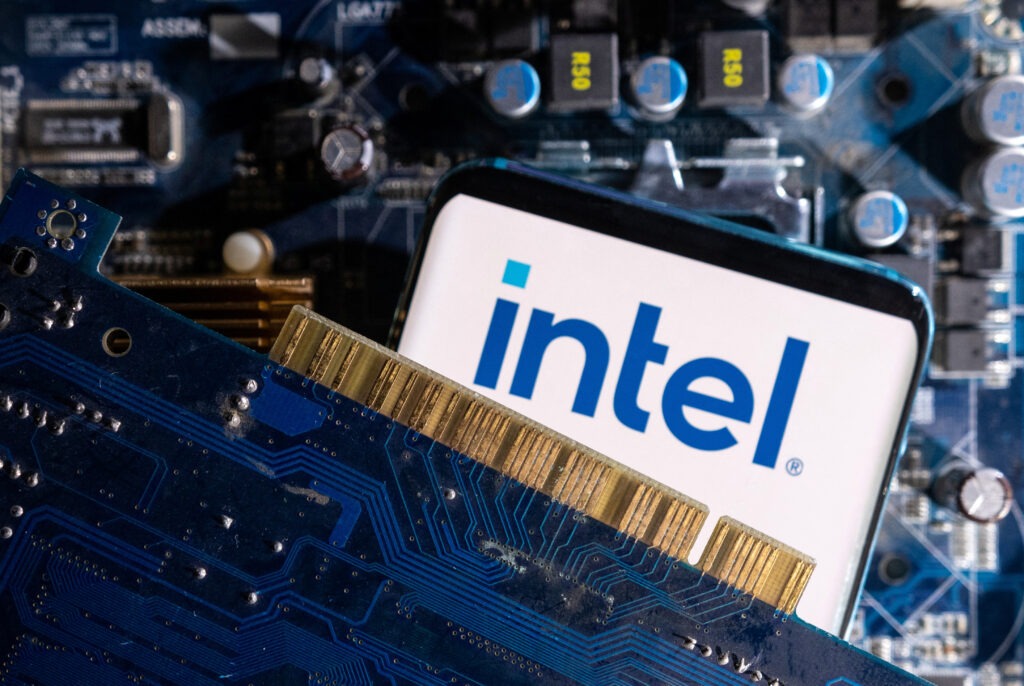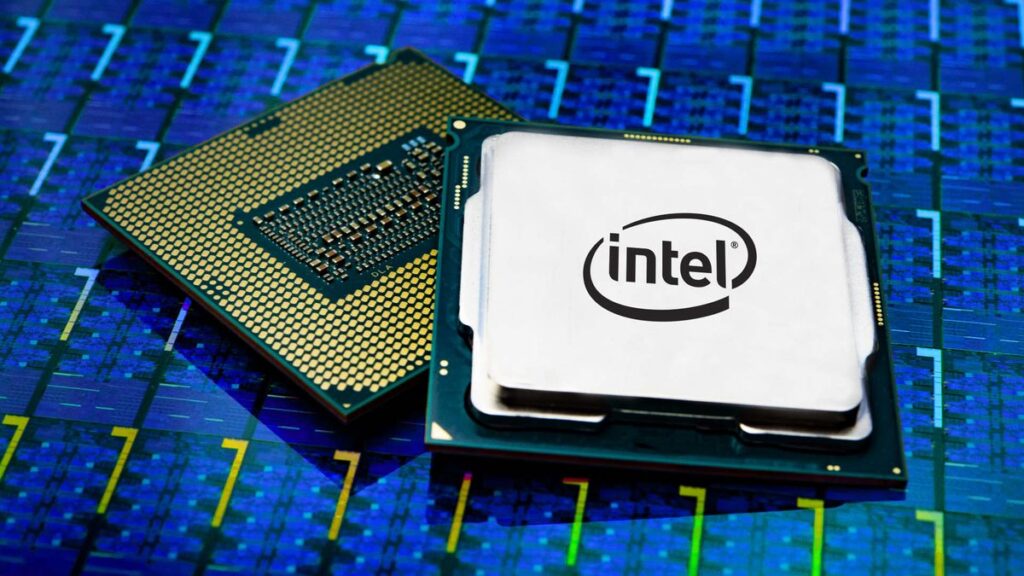After obtaining $19.5 billion in federal grants and loans, Intel (INTC.O), opens new tab, plans to spend $100 billion building and expanding plants across four U.S. states

The company also aims to gain an additional $25 billion in tax benefits.
Developing vacant fields close to Columbus, Ohio, into “the largest AI chip manufacturing site in the world”—which CEO Pat Gelsinger outlined to reporters on Tuesday—will be the focal point of Intel’s five-year expenditure plan. This work may begin as early as 2027.

Following the announcement on Wednesday that Intel would receive federal cash under the CHIPS Act, the company’s shares saw a 4% increase in premarket trading.
Along with renovating locations in New Mexico and Oregon, Intel’s plan calls for extending operations in Arizona, where longstanding rival Taiwan Semiconductor Manufacturing Co (2330.TW) is opening a new tab and constructing a sizable factory that it anticipates will be funded by President Joe Biden’s push to return advanced semiconductor manufacturing to the United States.
For many years, Intel was the world leader in producing the smallest and fastest semiconductors, charging a premium for them and reinvesting the proceeds in further R&D to maintain its competitive edge.
However, TSMC overtook Intel in production in the 2010s, and as a result, Intel’s profit margins collapsed as it slashed prices to maintain market dominance with subpar products.
In 2021, Gelsinger unveiled a proposal to push Intel back to the top, although he has stated that he would want government assistance in order to make the plan profitable.
Now that Intel has that support, it’s time for them to invest.